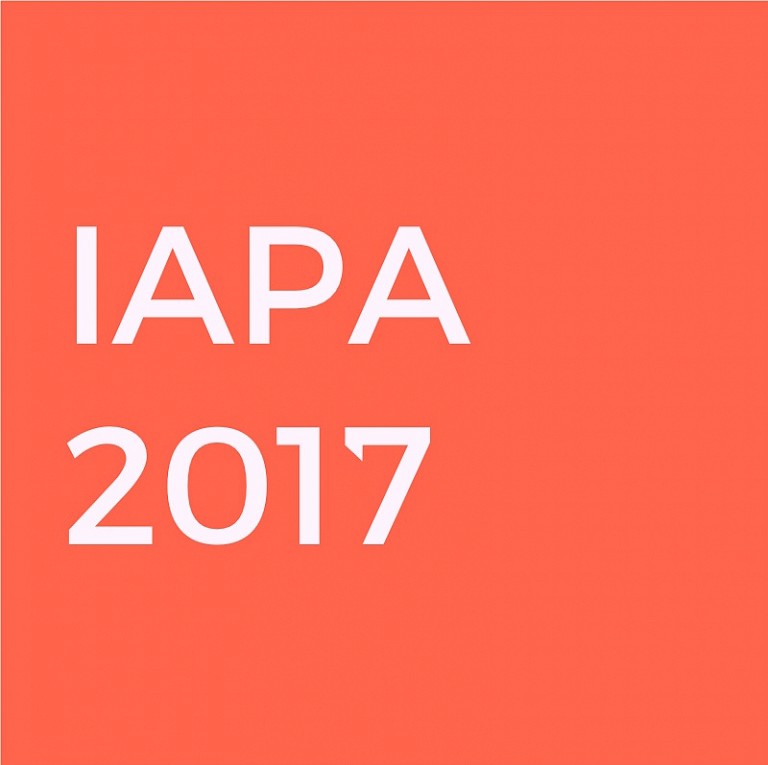



he colours chosen for the tokotoko were playfully reminiscent of the humours and the role of this conception of human biochemistry in the achievement of good health and well-being. In the second moment of participant engagement, Robinson met with members of the staff of the Museum to outline his intention for that part of the project. Here, those staff were able to choose a coloured stick that best represented their feeling or mood about their place of work. They were then invited to select a space in the museum (including in areas of public display) into which the chosen stick or sticks were then installed. In this gesture, staff were able to mark their involvement with the institution in new ways – and the narratives articulated by participants during the lengthy installing process were frequently very interesting and moving. The unexpectedness of coloured rods of felt also served to surprise and enliven the experience of the building and its important collection for visitors and connected for them experiences of historical taonga and contemporary art.
If you were to work here … was a sophisticated and open-ended project that sought to engage people in an understanding of their environments and how they respond to those environments. The final part of the work involved staff of the Auckland Museum selecting brightly coloured rods that might reflect their mood or feeling and installinbg those in the Museum - including in areas of public display. It was preceded by a hikoi or march. In this, members of the public carried hundreds of the brightly coloured felt rods from a central city location (the Art Gallery) to the major city part and the Museum situated there. As they paraded through the wintry streets of Auckland, the colours of the rods added a passing exhuberance but also served as a sharp reminder of the affect of public art and its capacity to transform cityscapes and enliven habitation of them. The project wove together a suite of interdependent notions of habitaiton of space and occupancy of the urban landscape. It was intellectually and conceptually rigorous, emotionally sensitive and connected and remarkably subtle and effective in its socio-political impact.
If you were to work here … was commissioned for the Auckland Triennial of 2012 entitled If you were to live here and curated by the internaitonally respected curator Hou Hanru. The artist discussed the project with the curator and then negotiated the different components of the work with staff of the Art Gallery and Museum. He worked with students, staff of the museum and opened the project to members of the public at different stages of its development. The pivotal moment of the project was a hikoi or march that served as the commencement of the Triennial.
All copyright belongs to Shanghai Academy of Fine Arts, Shanghai University.



